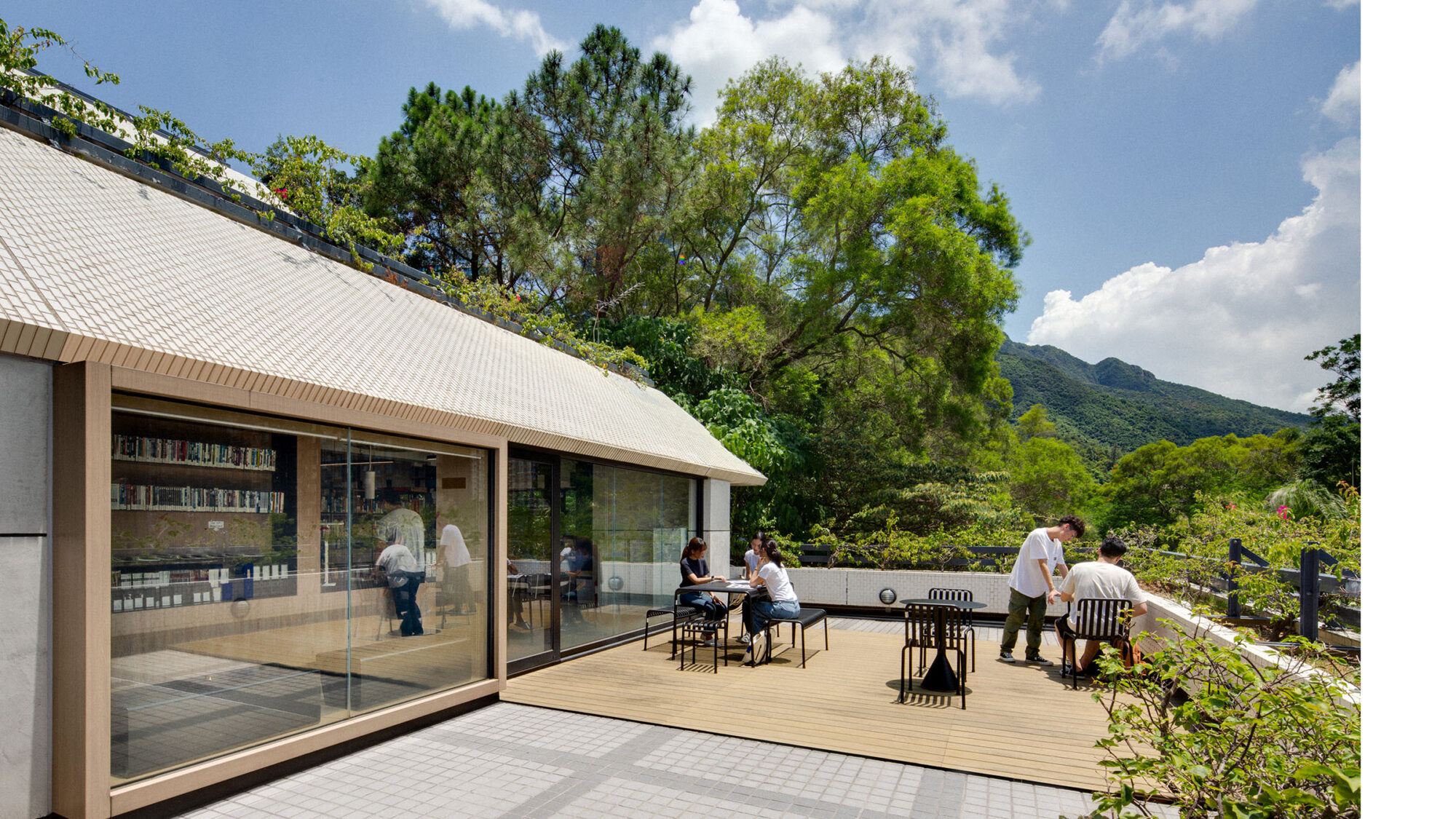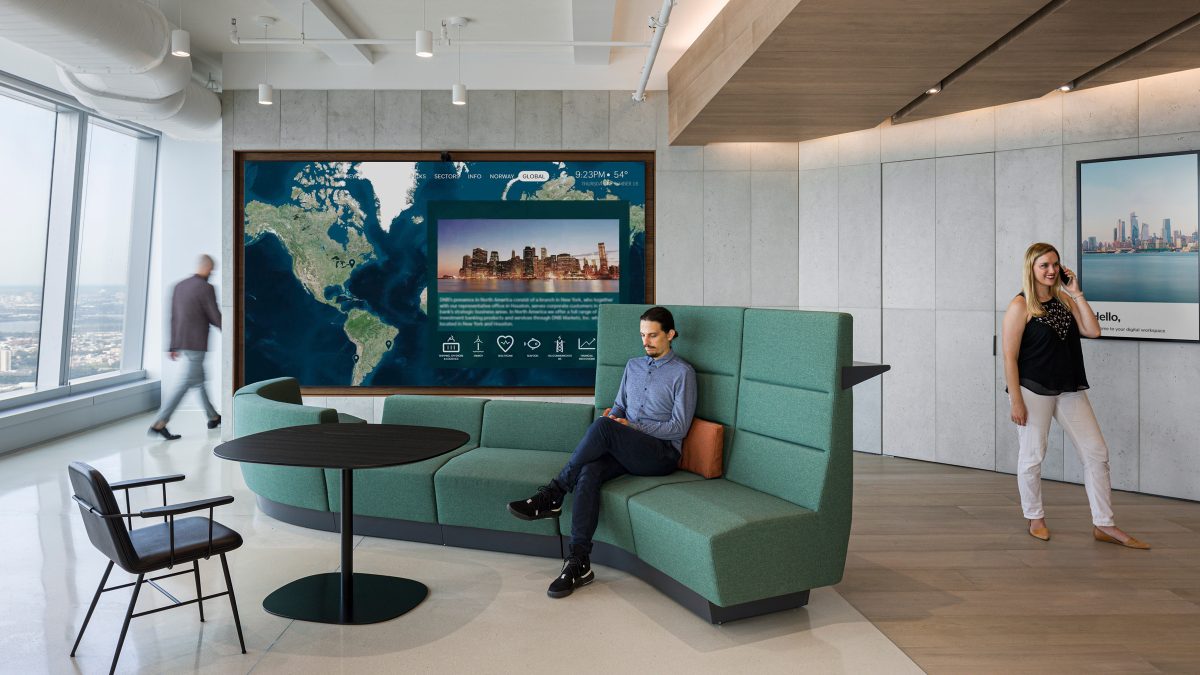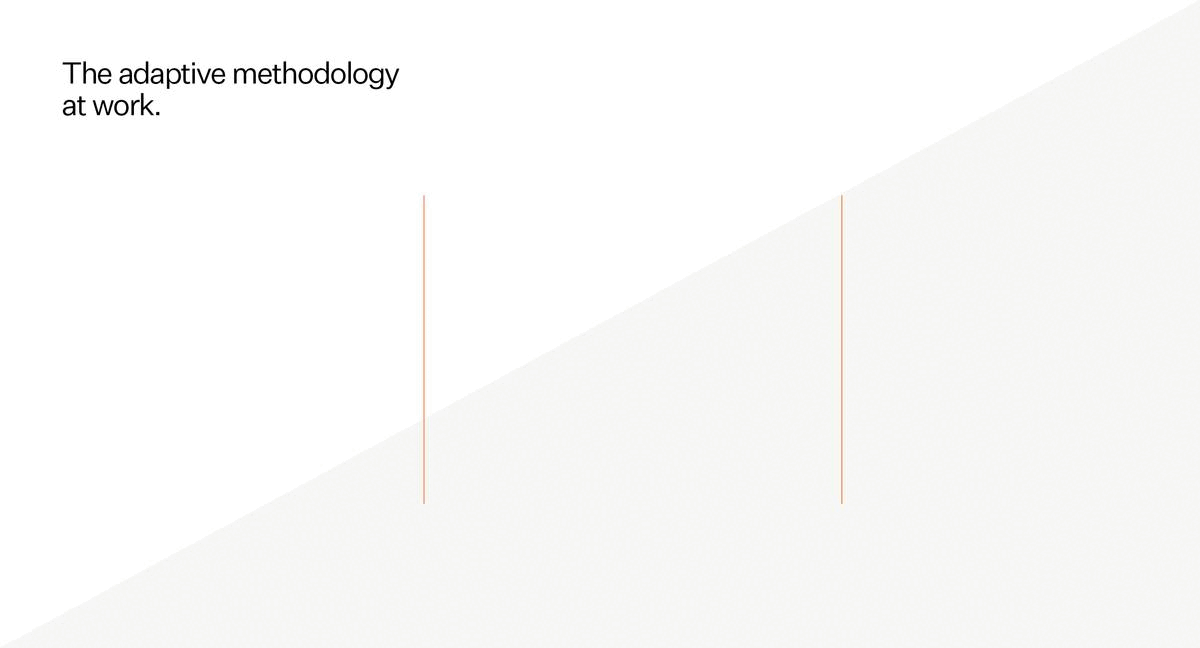










Many believe that modern workspaces have failed to support employee and organisational needs adequately. Additionally, they struggle to keep up with the ever-changing demands and shifts of the world around us. In our Adaptive Workplace whitepapers, we explain the three key steps critical to building an adaptive workplace. This article explores the initial step, adopting adaptivity as a mindset. This key transition helps harness the workplace as an irreplaceable tool to drive employee performance.
An adaptive mindset refers to the ability of employees and organisations to adjust to different situations quickly and effectively. This mindset enables them to take on new tasks and roles and make the most of any given situation. It is, first and foremost, the ability to navigate the uncertainty that comes from embracing a change-oriented mindset.

The key is for organisations to focus on a change management program before and during the significant shift to an adaptable workplace. This approach can help stakeholders embrace an adaptable mindset. Without this change in mindset, spatial and programmatic flexibility will likely fail. Change-oriented mindsets embrace complexity and embrace uncertainty in a way that allows for adaptation and growth. This should include providing a clear direction and vision for where the organisation is heading. Additionally, it should entail tangible steps to help develop an open, collaborative, and resilient environment that can quickly adapt to changing circumstances.

By emphasising the importance of an adaptive mindset, organisations can equip their teams with the tools and resources necessary for success in the ever-changing business landscape. This helps to create a culture of resilience and innovation, allowing organisations to respond quickly and effectively to new challenges and opportunities. Adaptive employees are open to new ideas. They are more willing to question assumptions and more prepared to seek out the best path forward. They think on their feet and respond to challenges with agility and creativity. With an adaptive mindset, employees can better collaborate and leverage collective talents for new solutions and drive the organisation forward.
Adaptivity is an attitude and way of thinking that looks at situations and finds new ways to bring the best out of them. Rather than relying on rigid processes that are hard to change and often outdated – it is about staying agile, motivated and approaching challenges with an open mind and a willingness to learn and grow.
Grant Christofely, Associate Director, Strategy, M Moser AssociatesAn example of the shift to an adaptive mindset comes from an international financial institution we worked with in 2020. In parallel to redesigning its headquarters, the company was undergoing an organisational transformation which included the following:
Drive unique, innovative solutions for client challenges: As a smaller financial institution in the United States, the company needed to stand out from larger financial institutions with its unique culture and agile, differentiated offerings. It needed to focus on fostering cross-collaborative interactions and drive bespoke product innovation.
Create a memorable client experience and build a community: Viewed as essential for this company to succeed, create a loyal base of customers, build relationships and inspire a feeling of connection and belonging.
An essential component of this organisational transformation was the capacity of teams and individuals to adjust when client requirements or marketplace trends shifted. While initially, we started to solve for the space, we quickly realised that we were not necessarily addressing the core challenges of the organisation.


To cultivate an adaptive mindset with the company’s core team, we focused on increasing the ability of people to make and navigate changes themselves rather than making specific alterations for them. These guidelines included:
As we went through the design process, we quickly realised how closely it was tied to change management. Our teams held meetings over several years to develop proficiency and understanding in individuals and teams. Some of the ways we uncovered our findings include:
We spent time with leaders and individual contributors to increase our knowledge. This helped them understand that the environment we were designing was a tool for their performance and their teams.

We designed our client’s workplace to facilitate quick team formation, break down silos between groups and enable adaptive behaviours. This resulted in tangible outcomes that met the business’s needs.
To enable adaptive behaviours, we increased spatial variety by 400%. We transitioned the workplace from desks with a few meeting rooms to one with 4x the variety. This increased problem-solving by allowing people to work in ways that suit them. With the choice to work in different environments, they’re more likely to succeed.
Additionally, we increased the variety and number of collaborative and meeting spaces 3x. These spaces foster cross-collaborative interactions between different parts of the business. Additionally, this action enables a more connected environment. Placement, type and quantity were all factors in crafting these spaces.
To establish more cross-collaborative interactions and drive bespoke product innovation, we created an environment of communal areas. These areas facilitate communication and brainstorming for employees from different departments to share knowledge, expertise and insights. This approach results in more refined and tailored products. Moreover, it fosters an environment of creativity, improving product innovation.
By increasing community-building space by 25%, a new emphasis on community and culture enhances the workplace experience and business outcomes.

These efforts combined to help our client shift its mindset to viewing the workplace as a tool for performance and reaching its goals.
Organisations can drive innovation and greater success by applying the adaptive mindset in the workplace and leveraging its core principles. By embracing adaptivity, businesses can stay ahead of the curve and remain competitive and agile in the face of ever-changing conditions.

For further information on these key steps, please refer to the additional articles below.
Designing the work experience before the workplace
Designing systems of adaptability rather than static places
Group Director
Director, Workplace Strategy